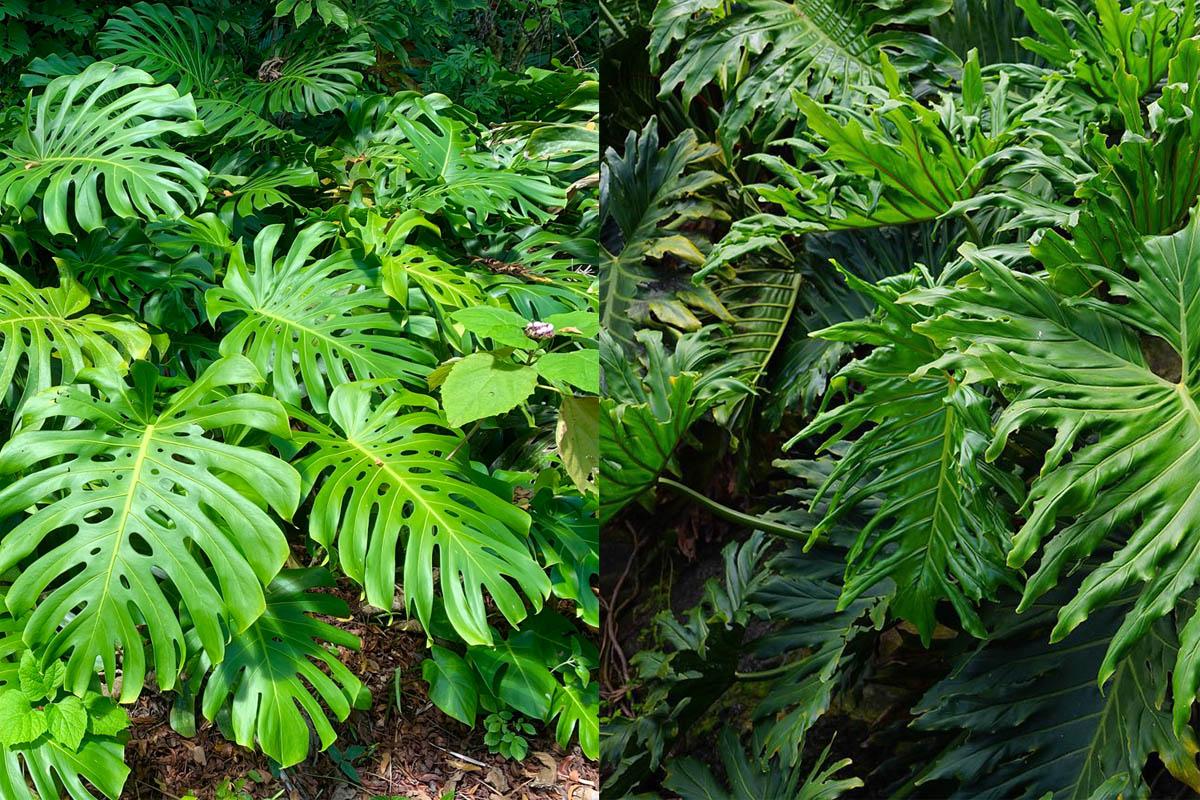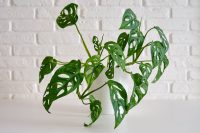Plant names can be confusing, especially to the gardening or houseplant newbie. There is the scientific, or botanical name, which must follow the International Code of Botanical Nomenclature. The botanical name consists of two binomial Latin names; the genus (family) and the epithet. Common names are just that, the common name, which is the informal name given to a plant or plants.
- Scientific name: Monstera deliciosa
- Common name(s): Swiss cheese plant, fruit salad plant
The scientific name is always written in italics but not the common name. Most people outside of horticulture will refer to a plant by its common name. After the scientific name has been written in full in an article, it is customary to shorten the scientific name of plants from Monstera deliciosa to M. deliciosa.
Some plants may share a common name, for example, the elephant’s ear may be Alocasia spp., Colocasia spp., or Xanthosoma spp. This highlights the importance of botanical names so that we’re all on the same page.
Related: Can you grow variegated Monstera from seed?
Swiss cheese plant vs split-leaf philodendron
Two plants that are frequently classed as the same plant are the Swiss cheese plant (Monstera deliciosa) and the split-leaf philodendron (Thaumatophyllum bipinnatifidum, formerly known as Philodendron bipinnatifidum). Even garden centres (nurseries) confuse the two. These plants are two completely different species, although to the untrained eye, may look similar, especially when looking at younger plants.
M. deliciosa (Swiss cheese plant) is a climbing vine native to southern Mexico which lives beneath the thick canopies of tropical rainforests. It is a houseplant for its unique fenestrated leaves, and in its homeland of Mexico, is grown for its fruit. The name Monstera deliciosa comes from the ‘monster sized’ leaves and the delicious fruit it produces.
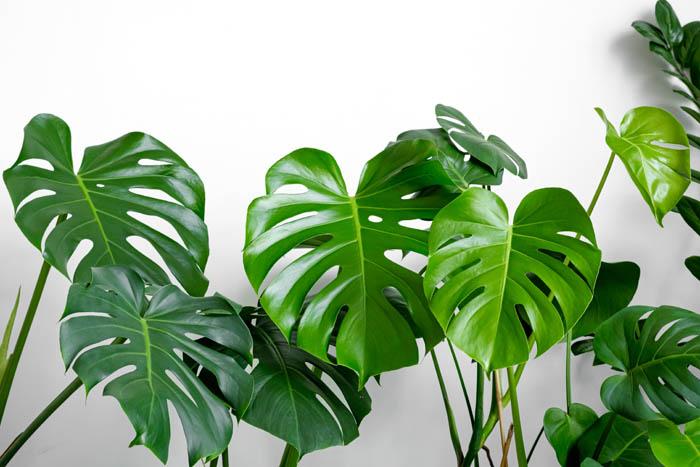
T. bipinnatifidum (split-leaf philodendron) is an upright evergreen shrub native to South America and is commonly grown as a landscaping plant.
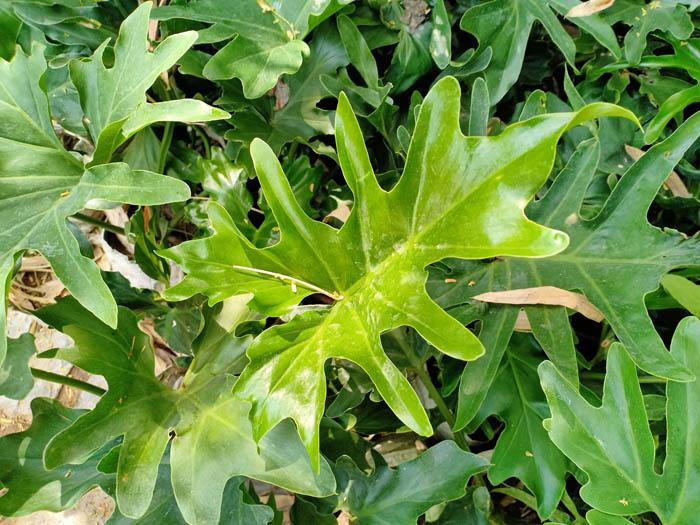
- Both M. deliciosa and T. bipinnatifidum belong to the Araceae family, a genus of flowering plants.
Leaves:
- Swiss cheese plant leaves have an abrupt, knee-like end known as a geniculum that allows the leaves to rotate in search of more sunlight.
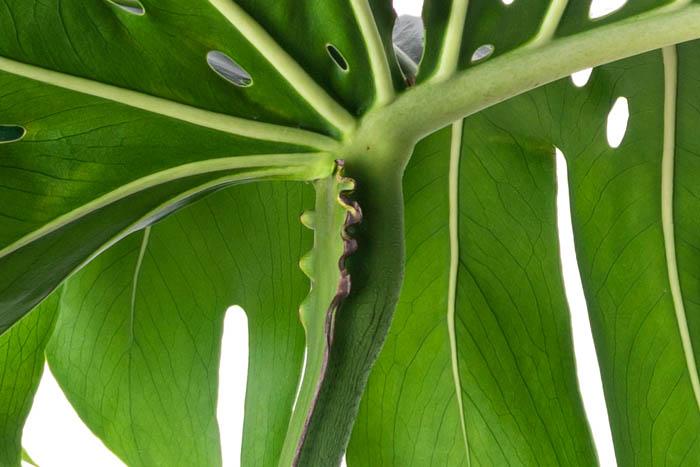
- The mature leaves of split-leaf philodendron are deeply lobed/split (pinnatifid), Swiss cheese plant also has lobed leaves, although the lobes don’t extend as far towards the midrib (central vein).
- The mature leaves of split-leaf philodendrons are feather-shaped, Swiss cheese plant has enormous heart-shaped leaves.
- Swiss cheese plant has its characteristic leaf fenestrations, but split-leaf philodendron does not. As the plant matures, fenestrations become larger and can eventually reach the edge of the leaf, causing it to split and most large Swiss cheese plant leaves will contain both splits and fenestrations, but it is still easy to make out the overall heart shape of the Swiss cheese plant leaf.
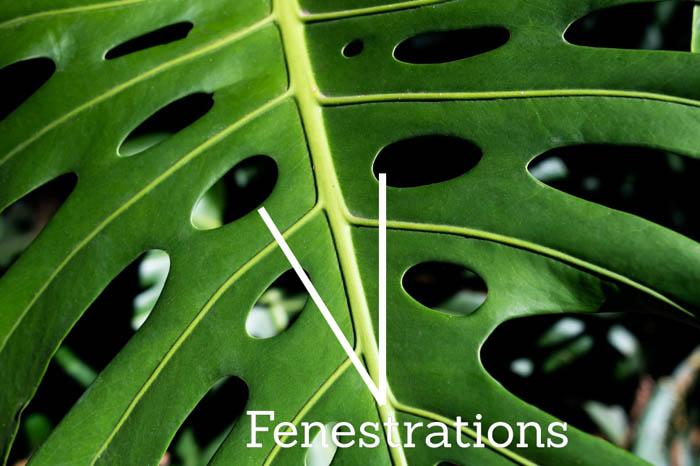
- Not all Swiss cheese plant leaves have fenestrations (windows), but even with a leaf that is split, it is easy to see the overall heart shape. The split-leaf philodendron has a wavier appearance with no distinct outline.
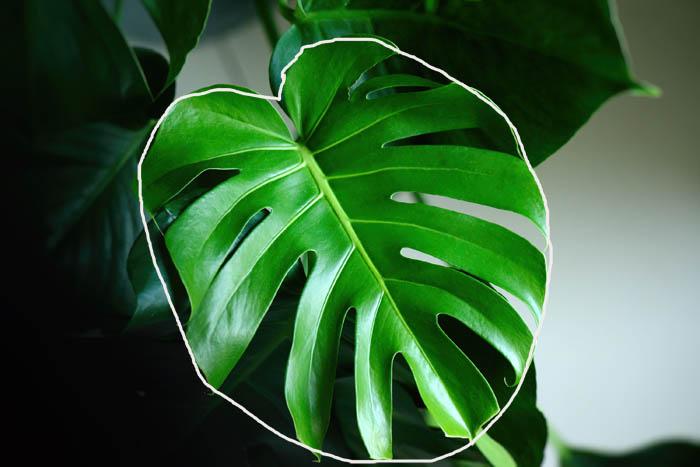
Trunk:

- Larger split-leaf philodendrons develop a thick trunk with interesting eye-shaped patterns on the side. Swiss cheese plants do not develop trunks.
Fruit:
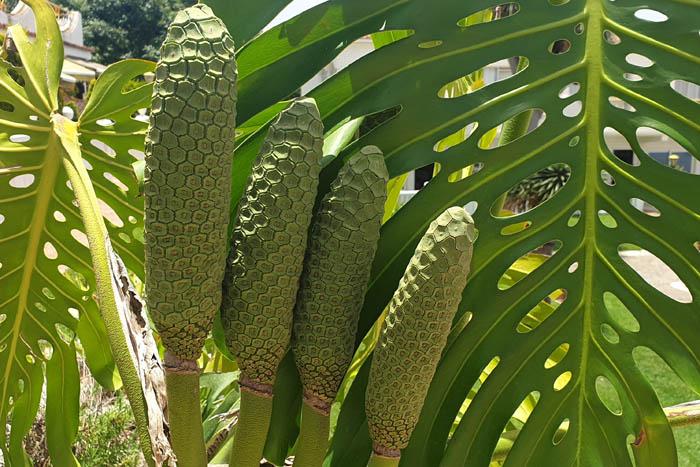
- The Swiss cheese plant produces a large spathe-like flower which will eventually form an edible fruit that is said to taste similar to pineapple. Split-leaf philodendrons also flower, but they do not produce fruit. It is unusual for either plant to flower when grown as a houseplant.
Conclusion
Both Swiss cheese plants and split-leaf philodendrons are beautiful and easy-to-care-for plants grown both indoors and out (in warmer climates). To confuse matters worse, the split-leaf philodendron isn’t a philodendron at all.
Knowing the scientific name of plants means that plant collectors are on the same page as nurseries. This isn’t the only confusing example of common plant names masquerading as a different species. Mini monstera (Rhaphidophora tetrasperma) is another popular plant with a similar appearance to both M. deliciosa and T. bipinnatifidum, however, belongs to the Rhaphidophora family.
Julia is a writer and landscape consultant from Wollongong with a love of horticulture. She had been an avid gardener for over 30 years, collects rare variegated plants and is a home orchardist. Julia is passionate about learning and sharing her knowledge of plant propagation and plant toxicology. Whether it’s giving advice on landscape projects or sharing tips on growing, Julia enjoys helping people make their gardens flourish.
